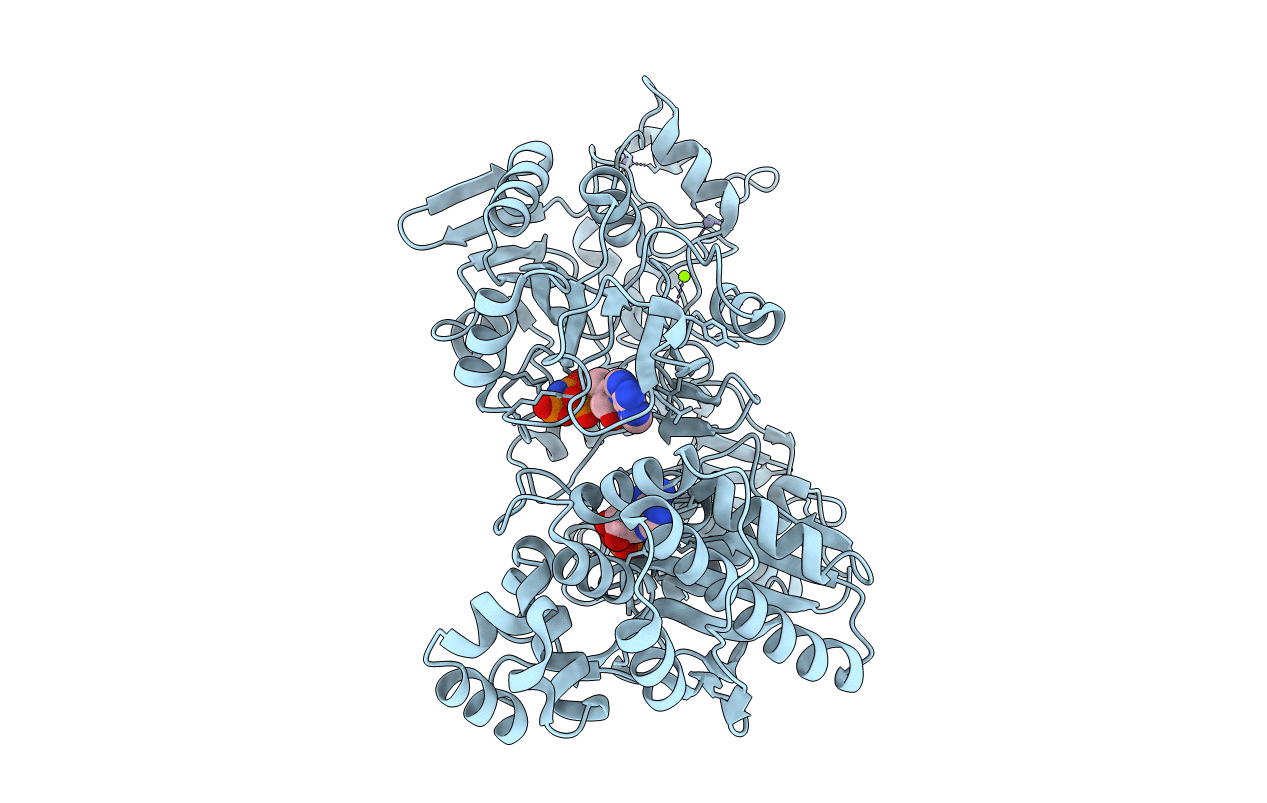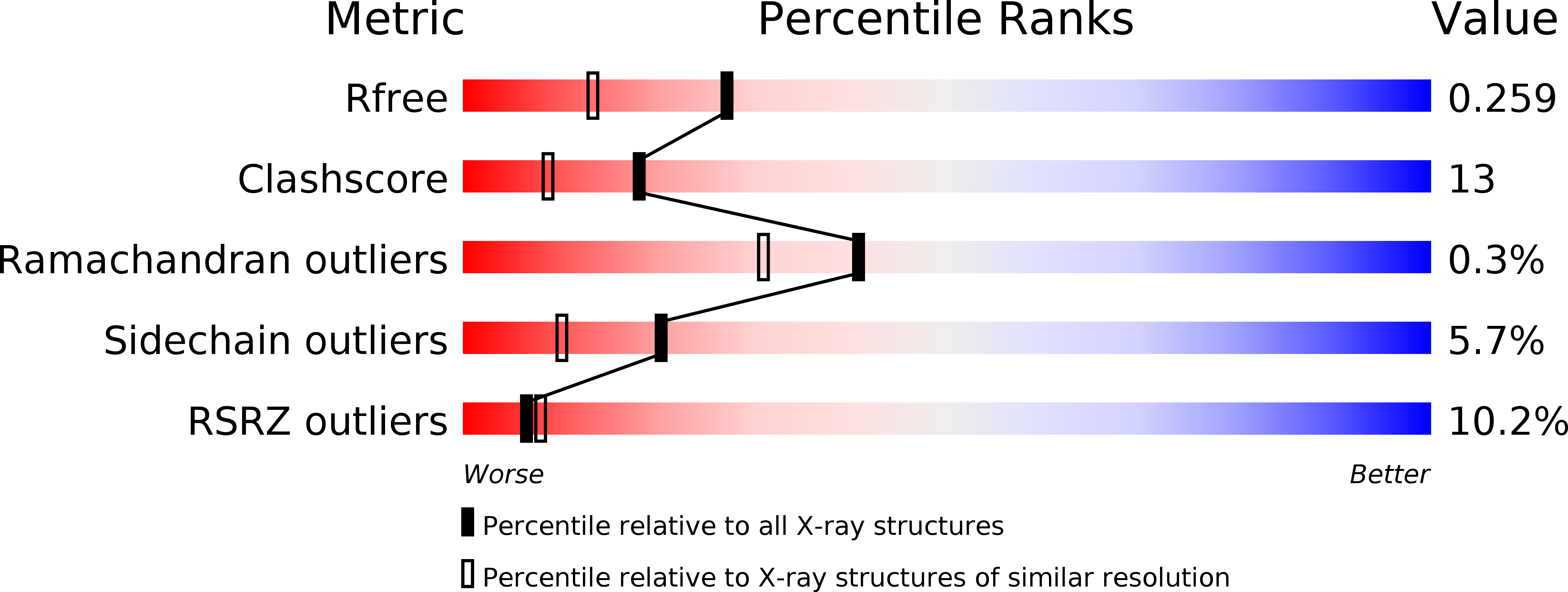
Deposition Date
2011-09-13
Release Date
2011-12-28
Last Version Date
2024-02-28
Entry Detail
PDB ID:
3TSU
Keywords:
Title:
Crystal structure of E. coli HypF with AMP-PNP and carbamoyl phosphate
Biological Source:
Source Organism:
Escherichia coli (Taxon ID: 83334)
Host Organism:
Method Details:
Experimental Method:
Resolution:
1.92 Å
R-Value Free:
0.24
R-Value Work:
0.19
R-Value Observed:
0.20
Space Group:
P 21 21 21


